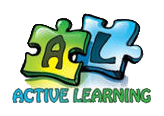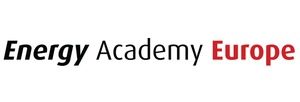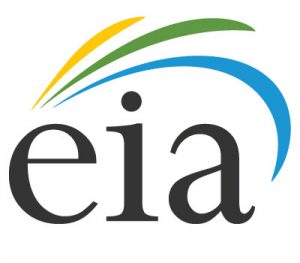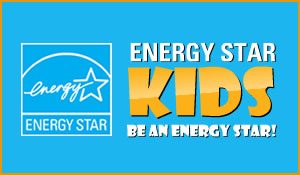(Quasi-)Government Programs
Global
The mission statement of Eco-Schools is “engaging the youth of today to protect the climate of tomorrow” and they count over 50,000 schools in 67 countries in their network. They use a seven-step framework, themes and an assessment with a Green Flag as the goal. They also run campaigns on various environment-related themes.
Energy4me’s tag line is “Essential Energy Education”. The website contains infographics on energy technologies, challenges, etc. as well as resources for teachers or getting involved in the community.
Europe
The concept is one of a “cross-media project on sustainable energy and energy saving, supported by Intelligent Energy Europe (European Commission)”. “Energy-BITS encourages more responsible and efficient behaviours in energy consumption and promotes renewable energies”. It consists of documentaries, a web documentary, a serious game based on immersive learning with missions and a collaborative and social space.
Although the program itself is now closed, projects that were funded under Intelligent Energy Europe (IEE) are still ongoing and the website continues to be updated with news and resources on energy education, especially efficiency. Information can be found on the projects that IEE worked on as well as the results of such projects, such as Young Energy Savers (YES – animations to raise energy consumptions and production awareness among children).
The Kids’ Corner of the Joint Research Centre (JRC) contains “free online resources on energy and EU matters for kids with videos, games and animations”. A tab also provides information for non-experts, which are distinguished from kids.
Lumen by InnoEnergy is a module for the Minecraft computer game that incorporates electrical components to teach kids and teens about the functioning of energy with a focus on electricity. Lumen can be downloaded from the site directly.
The European University Association has created a European Platform of Universities in Energy Research & Education (EUA-EPUE). Their aim is to be a “central forum in Europe for universities to share ideas for new research and education projects and find interested partners in the field of energy”. The website gives information on their activities, background, etc.
Active Learning by Teachers 4 Energy is a website organized by country that provides resources (and a toolkit) for teachers to promote in their curriculum the active, engaged learning by children of energy related topics, including those that satisfy national curriculum requirements.
The aim of the center is to help facilitate the acceleration of the energy transitions, among others through education. Geared to more of a college audience, their website provides information on energy programs from schools, learning activities, etc.
The FLICK THE SWITCH Project was an initiative sponsored by the EC’s Intelligent Energy Europe section in an attempt to reduce energy wastage as a result of millions of lights and electronic devices being left on or on standby. While the initiative itself came to an end in 2010, having engaged 705 schools and some 310,000 students, there are a number of resources available on the Project page which may help educators implement similar schemes in their schools or communities. These include questionnaires for kids on the topic of their own and their family’s energy-use habits available in 9 languages.
The ENergies for Local Administrations to Renovate Governance in Europe project (ENLARGE), funded by the European Union and put together by the European Association for Local Democracy (ALDA) aims to generate and disseminate knowledge on participatory governance with a focus on sustainable energy using an interactive tool which explains the process of dialogue between governance and civil society actor. It is suitable for adults and secondary school children.
The SAUCE – Schools at University for Climate and Energy – programme, introduces children and teachers to innovative ways of integrating climate and energy topics into the curriculum, and the school. Finally, SAUCE serves to identify and develop networks of local climate and energy educators who help deliver the programme, and who can serve as a resource for schools between programmes. Researchers from seven European universities assist in the vital task of making climate change and energy issues tangible and accessible to schoolchildren.
USA
NEED was launched in the 1980’s as a one-day celebration of energy education when National Energy Education Day was recognized by a Joint Congressional Resolution. It’s founding principle of kids teaching kids has allowed it to grow to include over 130 student and teacher guides, professional development and training activities, work in after school programs and student clubs, etc. “NEED students and teachers understand energy. They are local experts and leaders in community discussions on energy use, energy efficiency and new energy technologies. They reach out to the public to actively teach about energy and energy decisions and they practice smart energy decision making with their own families and in their own homes.”
The US Energy Information Administration provides information on the definition of energy, where it comes from and how it is used, and includes games and activities for children. One section provides useful information on energy (e.g., field trips, science fair experiments, etc.) for teachers Energy4me’s tag line is “Essential Energy Education”. The website contains infographics on energy technologies, challenges, etc. as well as resources for teachers or getting involved in the community.
The DOE supports science education through educational online content, resources and events like the Solar Decathlon (a collegiate competition with 10 contests where teams have to build full-sized solar-powered houses) or National Science Bowl (established in 1991, it is a nationwide academic competition that tests students’ knowledge in all areas of science and mathematics – including topics like biology, chemistry, Earth science, physics, and energy). They also have a newsletter and blog and they support the US Energy Information Administration efforts.
Get Into Energy Youth contains information on energy career options, links to videos, games, resources for teachers and parents, etc.
The website of the Office of Energy Efficiency and Renewable Energy contains a page with resources for teachers as well as for people who are eager to learn about energy, including games, quizzes, information on education (academic) learning paths, etc.
The Energy Star Kids is a “bright interactive site with fun facts for kids and energy-saving ideas and activities for everyone”. It is part of the Environmental Protection Agency’s Energy STAR program, a “government-backed symbol for energy efficiency, providing simple, credible, and unbiased information that consumers and businesses rely on to make well-informed decisions”.
The mission statement of the Ohio Energy Project claims that they “facilitate students’ and teachers’ understanding of the science of energy and its efficient use in order to empower the next generation of energy consumers”. The website’s various sections address resources or schools and teachers, information and games for families, energy bikes, etc. They also provide information on their various workshops.
The website of the NASA Climate Kids is an information platform that answers a number of questions on energy and in particular climate change. It also contains various resources to learn about energy, through games, videos, activity suggestions, etc.
The Energy Education Council works on educating and empowering consumers by promoting the efficient and safe use of energy. The main website is geared towards consumers in general yet it contains a link to their e-SMART kids initiative, which teaches about electricity and how to use it safely and wisely. There are games and activities and resources for kids, parents and teachers.
The Alliant Energy Kids website contains multiple resources to help answer children’s questions on energy and offers a kit with activity books, posters,quizzes and teacher plans that “teaches students how energy works, where it comes from, how to conserve it and how to stay safe around it”. Several tabs lead to pages with multiple recommendations on activities, tools, games, etc.
The Foundation for Water and Energy Education focuses primarily on hydropower in the North West region of the US. Includes a tab on education with plentiful information for teachers and students on hydropower.
The Climate Literacy and Energy Awareness Network (CLEAN) maintains a collection of educational resources accessible to children of all ages, including university age students. The resources available range from basic introductions to energy and climate to a comprehensive Emissions & Generation Resource Integrated Database (eGrid) which teaches older children how to model or monitor such factors as greenhouse gas emissions and carbon footprints, consumer information disclosure, emission inventories and standards, power market changes, and avoided emission estimates.
Other Regions
The Canadian Let’s Talk Energy Program brings together people to “explore energy systems, and to reflect on the relationship between energy, the economy and the environment”. Their goal is a.o. to increase energy literacy and engagement in the energy debate using tools that include exhibitions, school programs and kits, social media, etc. The website offers basic information on energy, educational resources, and events, activities and games.
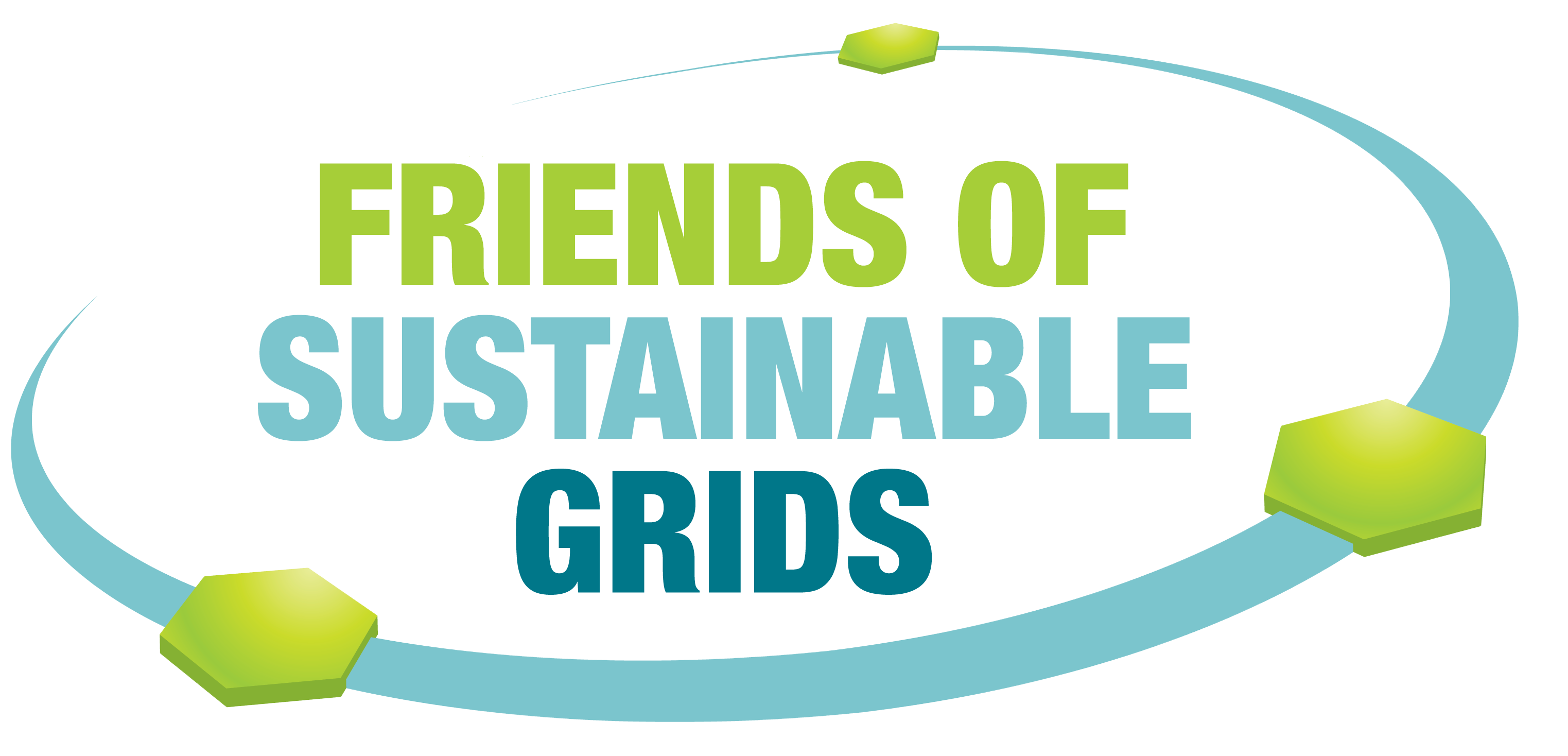 Friends of Sustainable Grids
Friends of Sustainable Grids






